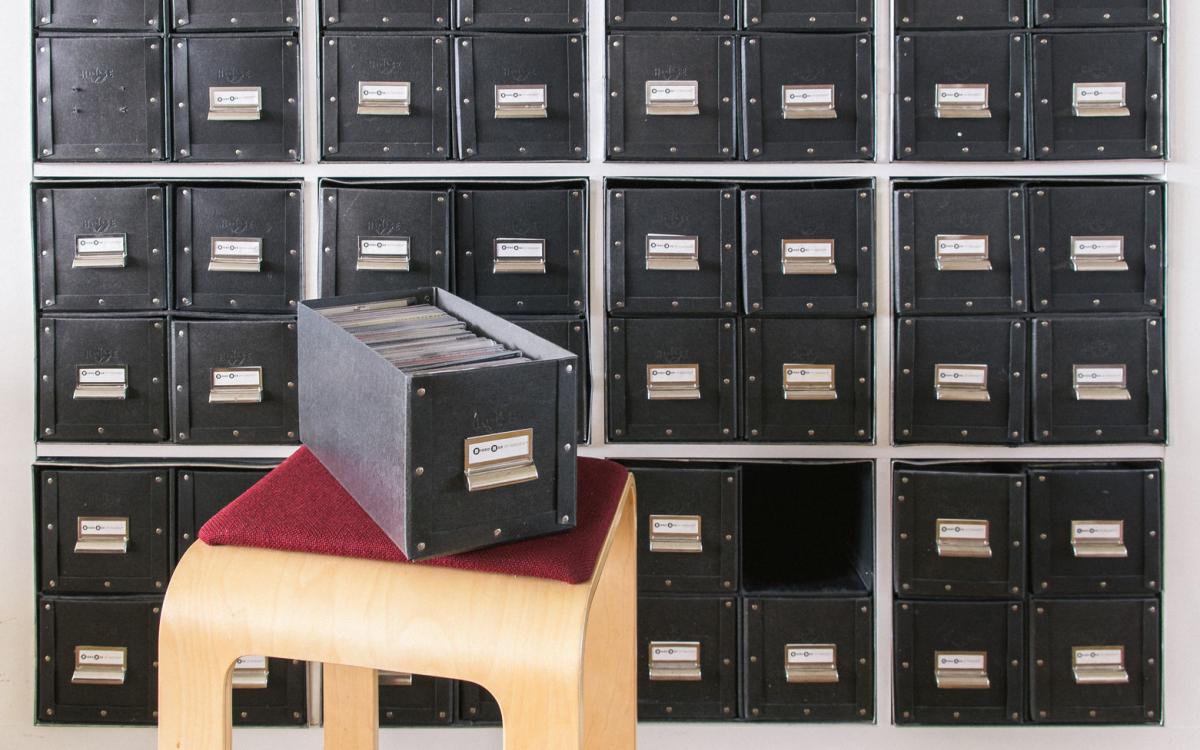
03/18/2019
How big data is affecting trade show marketing
Data has never been such a big focus for exhibition marketing before.
Back in 2015 CEIR published a first groundbreaking study which underlined the importance of big data for B2B trade show marketing. End of 2018 a new study “The Freeman Data Benchmark Study” published by Freeman in partnership with Chief Marketer showed the critical role of big data in today’s exhibition marketing: from developing tactics, messages and campaigns to deciding strategies, securing budgets and how to best achieve targets.
Overall it appeared that 88% of the companies consulted in the survey use their event marketing data to inform wider marketing strategies and make channel and other important tactical decisions. 650 marketing executives from many of the world’s largest companies agreed that everything comes down to ROI. 44 % indicated that total sales over a product/service’s life cycle were their top metric. Generating leads, sales from partners, brand awareness and digital marketing impact are the Top 5 for senior marketing executives.
According to the survey the quality of the data is essential: 77% of event marketers believe that having quality data will increase revenues by at least 10%. “For event marketers, the actionable insights derived from data analytics empower them to not only drive results, justify event and marketing budgets, and improve overall attendee quality and event experiences, but to bring those insights back to the larger marketing strategies. Data is a tool and if your organization is not using it, you’re missing out on reaching and exceeding your potential.” - Skip Cox, Senior Vice-President for research and measurement at Freeman.
Shifting from seller-centric marketing to buyer marketing and engagement platforms
Big data is widely used for marketing purposes mainly in the B2C sector: the information relative to customer behavior is easily accessible and ready to use in order to investigate consumers and improve their buying experience. During the last decade and also in the B2B sector, trade shows have been shifting overall from a marketing strategy concentrated on the seller side to a more buyer-centered approach: insights on the kind of customer you attract and should engage is key. The amount of data that can be collected before, during and after an event is huge. So how can you get a full and integrated overview of the behavior of your customers?
Data quality and setting the right KPIs are essential for development!
From the Freeman Data Benchmark Study, the following resulting key insights are particularly interesting for the event industry:
- data and measurement are considered a top priority for 78% of consumer market-focused companies, while only 57% of B-to-B event marketers agree data and measurement are a top priority across the corporation. These findings suggest B-to-B companies are behind in prioritizing data.
- 58% percent of B-to-B event marketers say analyzing their data effectively is a challenge.
It appears that the problem is mainly data analysis, probably because trade shows have many means to collect data, both at physical events and online: they can therefore provide a huge amount of data, but it may not be of the best quality. It is important to make sure that data is collected accurately and to set KPIs in order to track metrics and improve analysis.
Focus on impact, urgency and importance: 5 smart ways to start with - for B2B trade shows
- Understand and position your trade show as the industry-dedicated business network: know your industry, know your players, know the trends and highlights 365 days a year, know what they buy, why and when: offer your attendees and buyers an omnichannel presence- before and after the show to bind them;
- Understand the buying behavior of your visitors to be able to personalize content and offer them what they are looking for, reducing complexity and making their life easier is an asset: use product previews online;
- Mine the industry data: invest in finding industry patterns, must-have products and must-have sellers that attract your visitors;
- Match your buyers and sellers smartly: the overall goal of marketers while investing budgets in a trade show participation is to generate leads: you will give them the leads they are looking for by matching accurately;
- Compare your event data over the years in order to predict future market moves: start collecting seller and buyer data now and set metrics to report.
Ideally start monitoring your buyers already before the show. During the show the focus should be on capturing relevant data for lead generation. Nowadays the amount of technologies that can be used is massive and you should seize it. The better the quality the data you collect, the more you will get out of it later while managing Customer Success or engaging your customers with personalized and interesting content as well as leads that they are expecting you to deliver.